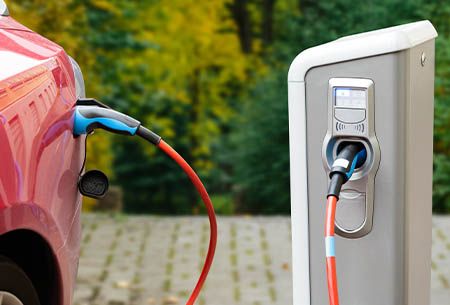Electrifying the NSW Government Fleet
Transitioning the government fleet to EVs will significantly reduce emissions by 2030.
EV Infrastructure Funding
Over the next four years, everyone in NSW will have access to EV charging infrastructure.
Bridge the costs to electrify fleets
Helping private businesses, not-for-profits and local councils bridge the cost to transition their fleets.
